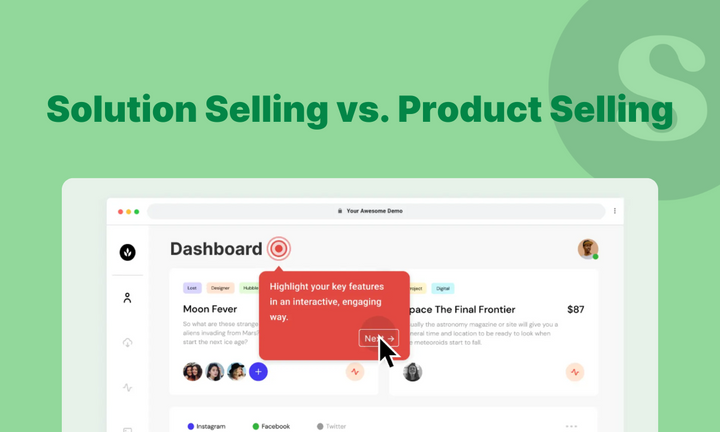In the realm of product-centric roles, two significant pillars stand tall: Product Management and Product Marketing. While both are integral to a product's success, they encompass distinct responsibilities and focus areas. In this guide, we'll dissect the core differences between Product Management and Product Marketing, elucidating their unique roles, objectives, and contributions to a product's lifecycle.
Defining Product Management
Product Management revolves around the inception, development, and delivery of a product. It bridges the gap between market needs, user requirements, and the product development process. Product Managers serve as the orchestrators, defining the product strategy, prioritizing features, and ensuring the product aligns with the company's vision and customer demands.
Key Responsibilities of Product Managers:
- Market Research and Strategy: Conduct extensive market research to identify user needs, analyze competition, and formulate the product roadmap.
- Product Roadmap and Planning: Define the product vision, prioritize features, and develop a roadmap aligning with business objectives and customer requirements.
- Cross-Functional Collaboration: Collaborate with engineering, design, and other teams to ensure seamless product development and timely delivery.
- Feature Prioritization and Development: Prioritize features based on user feedback, market trends, and business goals. Oversee the product development lifecycle.
Defining Product Marketing
Product Marketing, on the other hand, focuses on communicating the value proposition of the product to the target audience. Product Marketers act as the liaisons between product development and the market, crafting compelling narratives and strategies to drive user acquisition, engagement, and retention.
Key Responsibilities of Product Marketers:
- Market Positioning and Messaging: Define the product's positioning in the market, craft compelling messaging, and communicate its unique value proposition.
- Go-to-Market Strategy (GTM): Develop comprehensive GTM plans encompassing marketing campaigns, pricing strategies, and targeted messaging for different customer segments.
- Sales Enablement and Support: Equip the sales team with the necessary resources, training, and collateral to effectively sell the product.
- Customer Insights and Feedback: Gather customer feedback, conduct market analysis, and derive insights to refine marketing strategies.
Key Differences between Product Management and Product Marketing:
Focus:
- Product Management: Primarily concerned with product development, defining features, and ensuring the product meets user needs.
- Product Marketing: Focuses on crafting messaging, positioning, and strategies to promote the product effectively in the market.
Timeline and Scope:
- Product Management: Involvement spans the entire product lifecycle from conception to delivery.
- Product Marketing: Engages primarily during the pre-launch and post-launch phases, focusing on market positioning and promotion.
Responsibilities:
- Product Management: Emphasizes feature prioritization, roadmap planning, and collaboration with cross-functional teams.
- Product Marketing: Stresses market positioning, messaging, GTM strategy, sales enablement, and customer insights.
Collaboration between Product Management and Product Marketing
While distinct, the roles of Product Management and Product Marketing are interdependent. Collaborative synergy between the two is critical for a product's success. Product Managers provide Product Marketers with valuable insights into the product's features and user needs. Simultaneously, Product Marketers equip Product Managers with market data, customer feedback, and insights crucial for product refinement.
Conclusion
Product Management and Product Marketing are complementary yet distinct roles vital for a product's journey from ideation to market success. While Product Management focuses on product development and alignment with user needs, Product Marketing bridges the gap between the product and the market, crafting strategies to drive its success. Understanding these differences is pivotal for businesses aiming to leverage both functions effectively and navigate the complex landscape of product-centric roles.
The harmonious collaboration between Product Management and Product Marketing lays the foundation for a well-positioned, user-centric, and successful product in today's competitive market.








